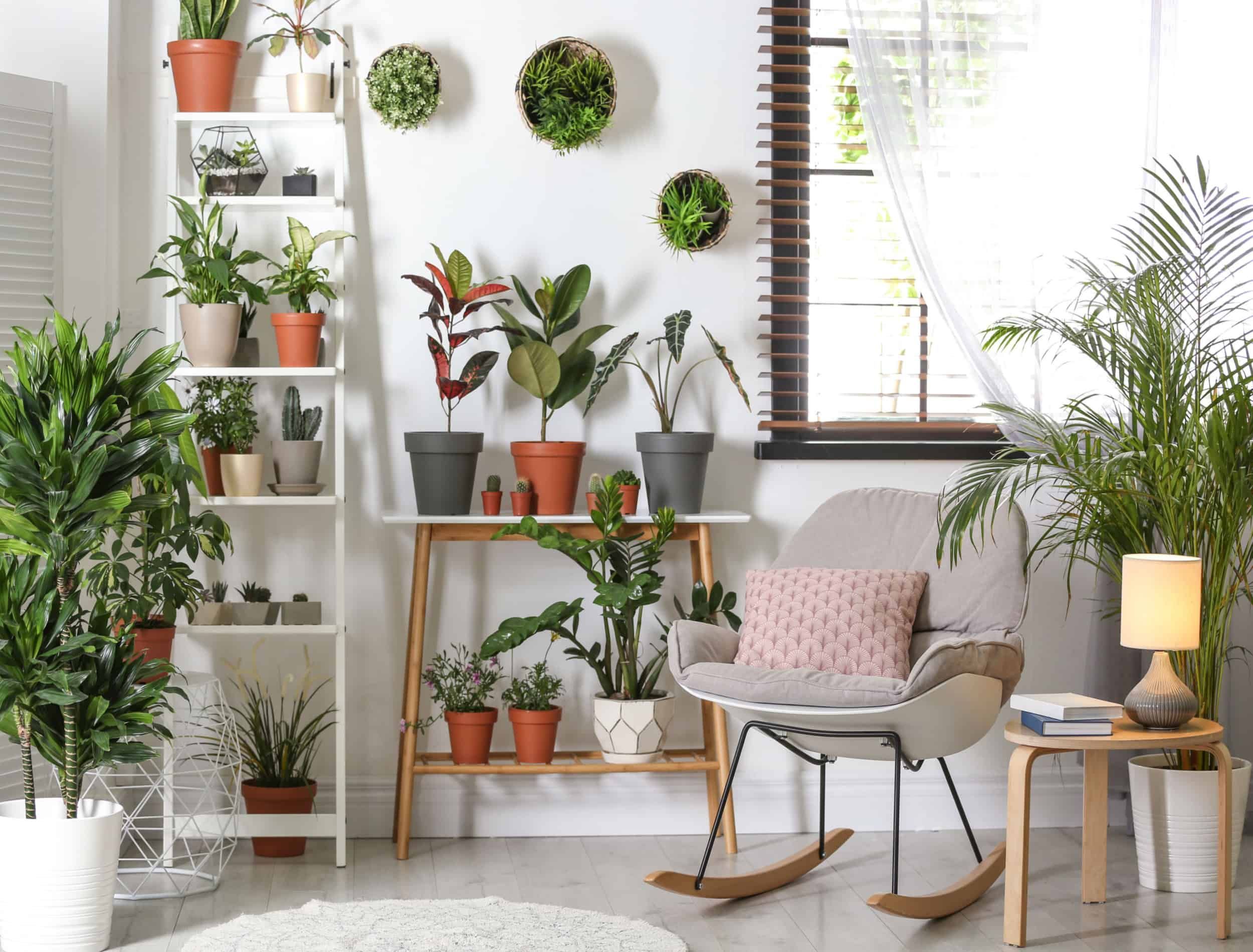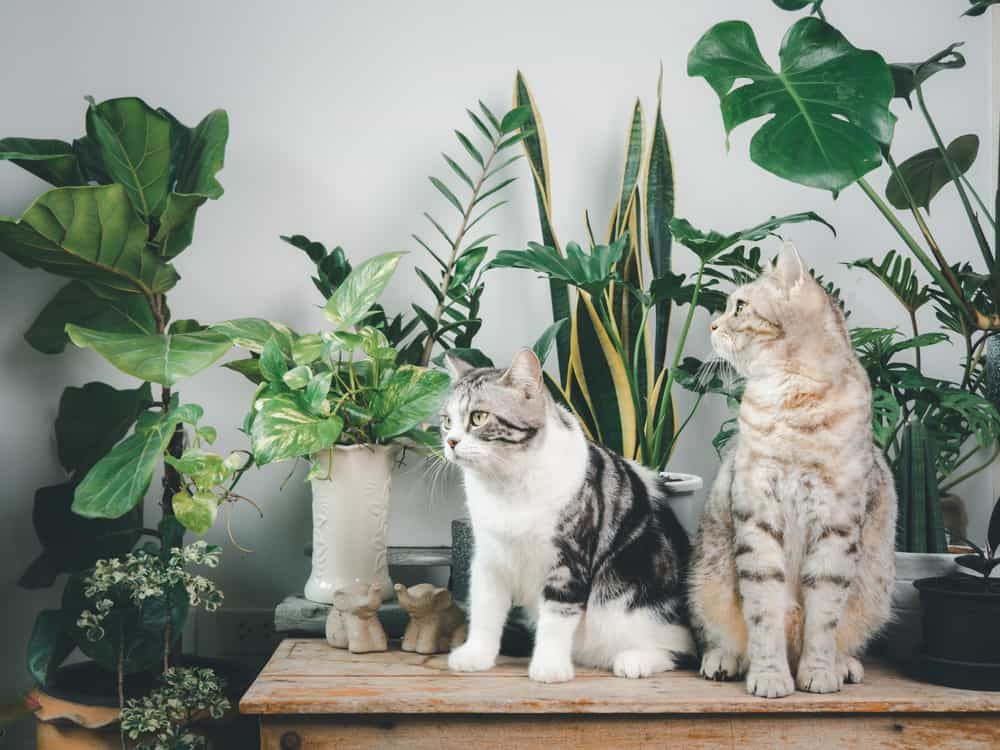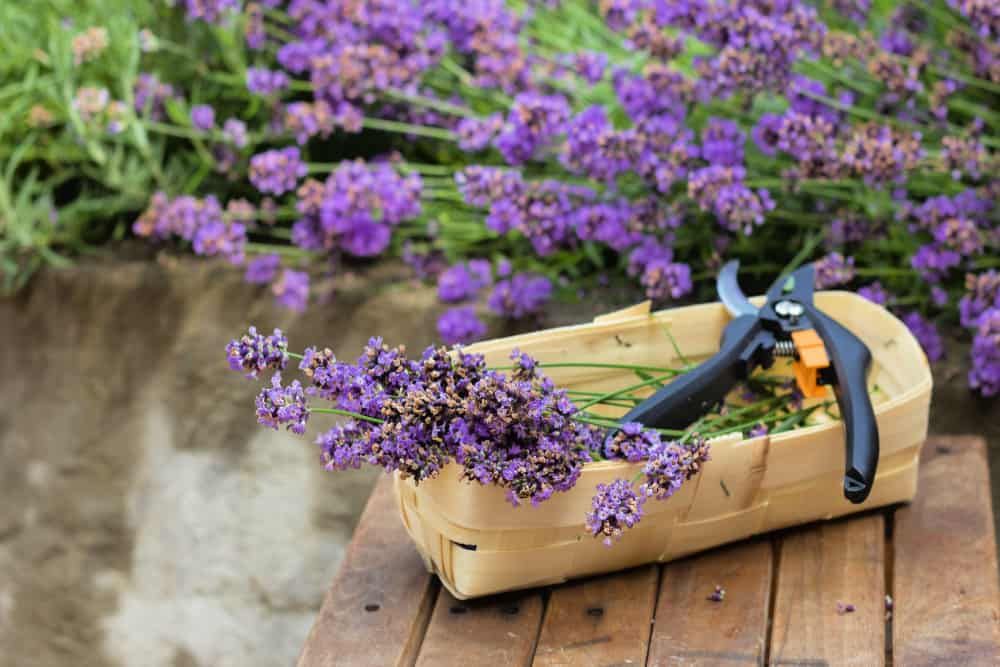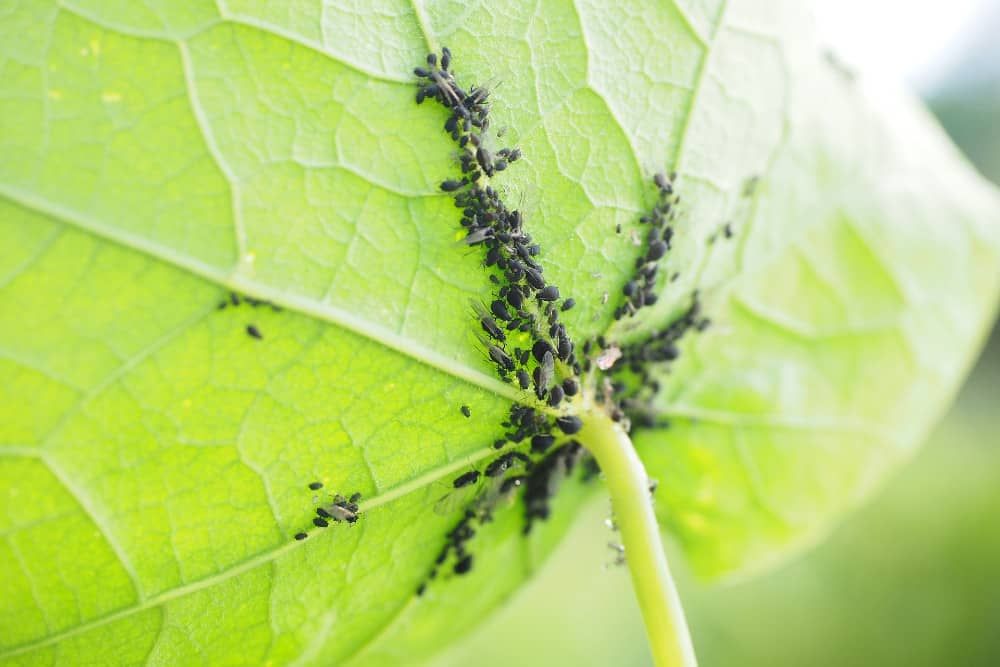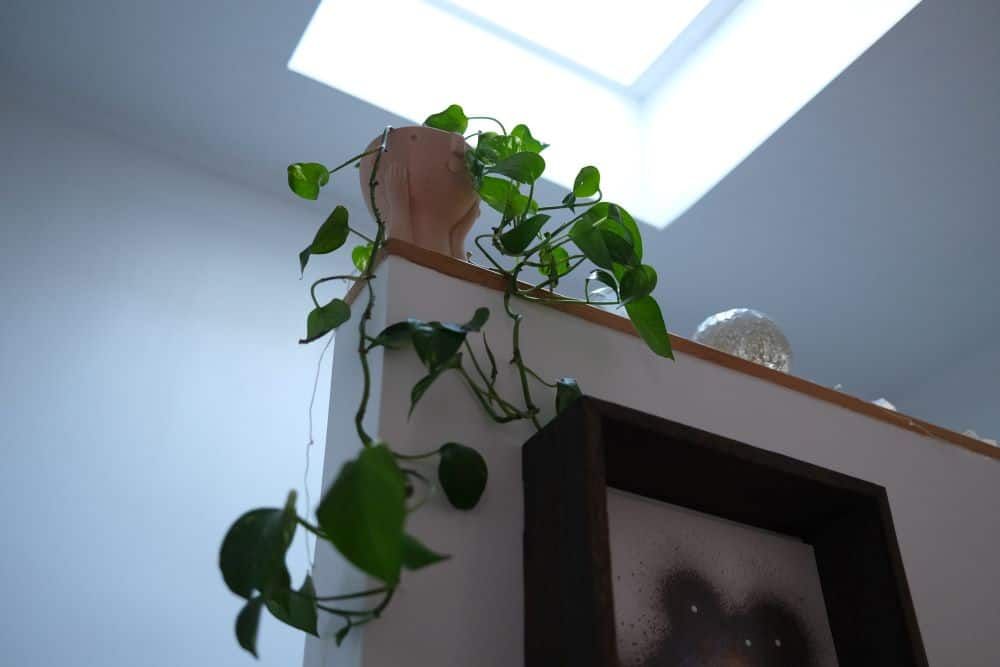Do you have a green thumb, but don't have any outdoor space to garden? Or maybe you just love the convenience of gardening indoors. Either way, these five tips will help make your indoor garden a success! From selecting the right plants to creating the perfect environment, we've got you covered. So, get ready to watch your plants thrive indoors!
Choose The Right Plants
Image credits: Foto2rich via Shutterstock
One of the most important things you can do when setting up an indoor garden is to choose the right plants. Not all plants are suited for life indoors and choosing the wrong ones can result in a lot of problems down the road.
Here are a few things to keep in mind when choosing plants for your indoor garden:
- Lighting - One of the most important factors in growing plants indoors is providing them with enough light. Most (not all) plants need at least six hours of sunlight per day, so choose a spot in your home that gets plenty of natural light. If you don't have a spot that gets enough light, you can always purchase an indoor plant that has a low light tolerance.
- Watering – Some plants need more than others. But be wary- over-watering is one of the most common mistakes made when growing plants indoors. Be sure to check the soil before watering and only water when the soil is dry to the touch. Also, be sure to empty any excess water from the saucer after watering.
- Temperature - Another important factor to consider when growing plants indoors is temperature. Most plants like it on the warm side, between 65 and 75 degrees Fahrenheit. If you can provide a spot that meets these criteria, your plants will be much happier.
- Pets - Consider factors like whether or not the plant is poisonous to your pets.
Get a Good Potting Mix
Image credits: mixetto via Canva
A good potting mix will ensure that your plants have the nutrients they need to grow and thrive.
There are a few things you should look for when choosing a potting mix for your indoor garden:
- Well-draining potting mix - You want to make sure of is that the mix is well-draining. Indoor plants don't like to sit in waterlogged soil, so a mix that drains well is essential. You can find mixes that are specifically designed for indoor plants, or you can make your own by mixing together equal parts perlite, sand, and peat moss.
- Sterile potting mix - This is especially important if you're growing delicate seedlings or propagation cuttings. Non-sterile potting mixes can harbor harmful bacteria and fungi that can damage or kill your plants. You can find sterile potting mixes at most garden centers or online retailers.
Prune Regularly
Image credits: Proxima13 via Shutterstock
If you want to have a successful indoor garden, you need to prune regularly. Pruning helps to encourage new growth, and it also keeps your plants healthy by removing dead or diseased leaves and stems.
Pruning also allows you to control the shape and size of your plants. If you don’t prune, your plants will become overgrown and unmanageable.
Here are some tips for pruning your indoor plants:
- Start by cutting away any dead or dying leaves or stems. This will help encourage new growth.
- Cut back any leggy stems. Cutting them back will help encourage the plant to produce new, fuller growth.
- Prune away any diseased leaves or stems. This will help keep your other plants healthy.
- Finally, shape your plants by pruning away any unwanted growth. This will help you control the size and shape of your indoor plants.
Fertilize Regularly
Image credits: Antonio_Diaz via Canva
Fertilizing regularly is key for a successful indoor garden. Without regular fertilization, your plants may not be able to get the nutrients they need to grow properly.
When you are fertilizing your indoor garden, use a fertilizer that is high in nitrogen and phosphate. Nitrogen is necessary for the growth of leaves and stems, while phosphate is necessary for the growth of roots. Apply the fertilizer to the soil around your plants once every two weeks, or as your plant needs. Be sure to water your plants after you have applied the fertilizer so that it can be absorbed by the roots.
Keep An Eye Out For Pests
Image credits: Hans Braxmeier via Pixabay
Even the most carefully tended gardens can fall victim to these unwelcome critters, so it’s important to be vigilant in order to keep your plants healthy and happy.
Here are a few tips on how to keep an eye out for pests in your indoor garden:
- Check your plants regularly for signs of pests. This includes looking for telltale signs of damage such as chewed leaves or stems, as well as actual insects or other critters themselves.
- Keep an eye out for common pests in your area. Different regions have different types of pests that are more prevalent, so knowing what to look for will help you spot them more easily.
- Be proactive in your pest control. If you see an insect on one of your plants, take action immediately to prevent it from spreading to other plants or laying eggs.
- Inspect new plants carefully before adding them to your garden. It’s always possible that they could be harboring pests, so it’s best to err on the side of caution and check them over thoroughly before adding them to your indoor space.
Some Fantastic, Easy To Care For Indoor Plants
Image credits: Linmiao Xu via Unsplash
Now that you know what to look for, here are a few favorite plants to grow indoors:
- Snake Plant - The snake plant is a great option for beginners because it is very forgiving. It does well in low light and doesn't need to be watered very often.
- Pothos - Pothos is another great option for those with low light conditions. It's a fast-growing plant that can trail down from a high shelf or cascade over the edge of a hanging planter.
- Philodendron - The philodendron is a classic houseplant that is very easy to care for. It does well in medium to low light and doesn't need to be watered very often.
In Summary
Gardening indoors can be a fun and rewarding experience, but it takes a bit of know-how to make sure your plants thrive. With these five tips, you’re on your way to becoming an indoor gardening expert! Do you have any tips or tricks that we didn’t mention? Let us know in the comments below – we would love to hear from you.

